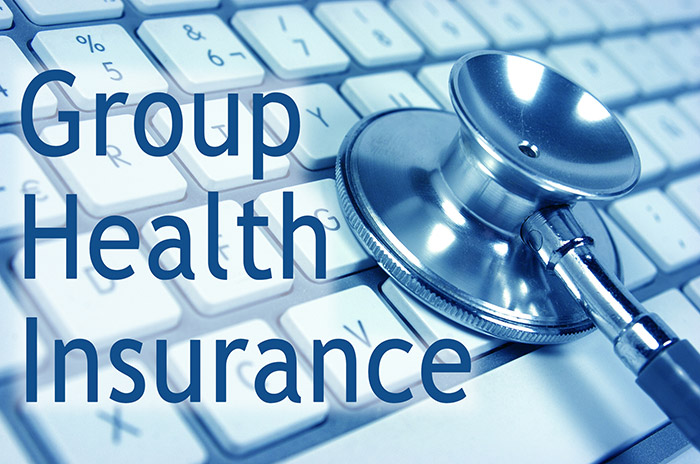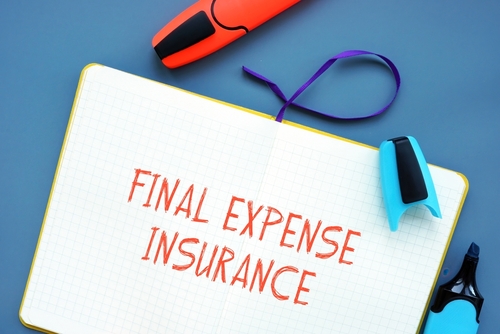Get This Report about Pacific Prime
Get This Report about Pacific Prime
Blog Article
Indicators on Pacific Prime You Should Know
Table of ContentsPacific Prime for DummiesThe 7-Second Trick For Pacific PrimeAn Unbiased View of Pacific PrimeThe smart Trick of Pacific Prime That Nobody is DiscussingThe Ultimate Guide To Pacific Prime

This is due to the fact that the data were gathered for a period of strong economic performance. Of the estimated 42 million individuals that were without insurance, almost about 420,000 (concerning 1 percent) were under 65 years old, the age at which most Americans end up being eligible for Medicare; 32 million were grownups between ages 18 and 65, about 19 percent of all adults in this age group; and 10 million were youngsters under 18 years old, concerning 13.9 percent of all children (Mills, 2000).
These estimates of the variety of individuals without insurance are created from the yearly March Supplement to the Existing Populace Study (CPS), carried out by the Census Bureau. Unless or else noted, nationwide price quotes of people without medical insurance and proportions of the population with various kinds of protection are based on the CPS, the most extensively used resource of price quotes of insurance policy coverage and uninsurance prices.
The smart Trick of Pacific Prime That Nobody is Talking About

Still, the CPS is specifically helpful since it generates annual estimates relatively rapidly, reporting the previous year's insurance policy protection approximates each September, and due to the fact that it is the basis for a constant collection of estimates for more than two decades, enabling evaluation of trends in protection in time. For these reasons, as well as the comprehensive use of the CPS in other researches of insurance protection that are presented in this record, we depend on CPS estimates, with constraints noted.

The price quote of the number of uninsured individuals increases when a population's insurance policy condition is tracked for numerous years. Over a three-year period beginning early in 1993, 72 million people, 29 percent of the united state population, lacked coverage for a minimum of one month. Within a solitary year (1994 ), 53 million individuals experienced at the very least a month without insurance coverage (Bennefield, 1998a)
6 out of every 10 without insurance adults are themselves used. Although functioning does improve the possibility that one and one's member of the family will have insurance, it is not an assurance. Also participants of family members with 2 full time breadwinner have nearly a one-in-ten chance of being uninsured (9.1 percent without insurance rate) (Hoffman and Pohl, 2000).
Excitement About Pacific Prime
New immigrants account for a substantial proportion of people without health and wellness insurance policy. One evaluation has connected a substantial portion of the recent development in the size of the U.S. uninsured population to immigrants that showed up in the country in between 1994 and 1998 (Camarota and Edwards, 2000). Current immigrants (those that pertained to the United States within the previous 4 years) do have a high price of being uninsured (46 percent), but they and their kids account for just 6 percent of those without insurance policy nationally (Holahan et al., 2001).
The connection in between health insurance policy and access to care is well developed, as recorded later on in this chapter. The partnership in between health and wellness insurance and wellness end results is neither straight neither straightforward, an extensive professional and health and wellness solutions study literature links health insurance policy protection to better accessibility to care, better high quality, and improved pop over here individual and population wellness condition.
Levels of evaluation for checking out the impacts of uninsurance. It focuses specifically on those without any health insurance policy for any length of time.
More About Pacific Prime
The issues faced by the underinsured are in some areas comparable to those faced by the uninsured, although they are usually less severe. Wellness insurance coverage, nevertheless, is neither required neither enough to obtain accessibility to clinical solutions. The independent and direct impact of health and wellness insurance coverage on accessibility to wellness services is well established.
Others will get the health and wellness care they require also without medical insurance, by spending for it out of pocket or seeking it from carriers who offer care free or at extremely subsidized prices. For still others, health and wellness insurance policy alone does not guarantee invoice of care as a result of various other nonfinancial obstacles, such as an absence of healthcare service providers in their area, limited accessibility to transportation, illiteracy, or linguistic and social distinctions.
Pacific Prime Things To Know Before You Buy
Formal study about uninsured populaces in the USA dates to the late 1920s and early 1930s when the Committee on the Cost of Healthcare generated a collection of reports about financing medical professional office gos to and hospital stays. This concern ended up being prominent as the numbers of clinically indigent climbed during the Great Clinical depression.
Report this page